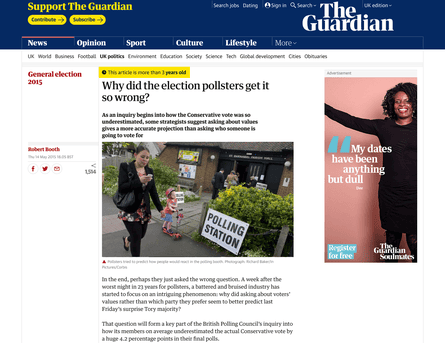The 4-Minute Rule for News Articles
The 4-Minute Rule for News Articles
Blog Article
What Does News Articles Do?
Table of ContentsA Biased View of News ArticlesThe 20-Second Trick For News ArticlesThe 3-Minute Rule for News ArticlesAn Unbiased View of News ArticlesSome Known Incorrect Statements About News Articles
Great understanding of various subjects gives trainees an affordable edge over their peers. Even though digital and social media sites are readily available, we ought to not neglect just how crucial it is to review the papers. Parents have to attempt and inculcate the habit of reviewing a paper as a day-to-day regimen to proceed the legacy of the adored print tool.News tales likewise contain at the very least one of the following crucial characteristics family member to the designated audience: closeness, importance, timeliness, human rate of interest, oddity, or repercussion.
Within these limitations, information tales likewise aim to be thorough. Amongst the larger and extra revered newspapers, fairness and equilibrium is a major variable in presenting details.
Newspapers with an international audience, for example, have a tendency to make use of a much more formal style of writing. The details choices made by a news outlet's editor or editorial board are typically collected in a design overview; usual design guides include the and the US Information Style Book. The primary objectives of information writing can be summed up by the ABCs of journalism: accuracy, brevity, and quality.
A Biased View of News Articles
Generally, journalists will not use a long word when a brief one will certainly do. They utilize subject-verb-object building and vivid, energetic prose (see Grammar). They supply anecdotes, instances and metaphors, and they hardly ever depend on generalizations or abstract concepts. News writers try to prevent utilizing the very same word greater than as soon as in a paragraph (in some cases called an "resemble" or "word mirror").
Nevertheless, headings sometimes omit the subject (e.g., "Jumps From Boat, Catches in Wheel") or verb (e.g., "Feline lady fortunate"). A subhead (also subhed, sub-headline, subheading, subtitle, deck or dek) can be either a subservient title under the major headline, or the heading of a subsection of the post. It is a heading that comes before the major message, or a team of paragraphs of the primary text.

Additional billboards of any of these view website types might show up later on in the write-up (particularly on succeeding web pages) to attract additional analysis. Such billboards are also used as pointers to the post in various other sections of the publication or website, or as ads for the item in various other publication or sites. Normal structure with title, find here lead paragraph (summary in bold), various other paragraphs (information) and get in touch with details.

Instance of a hard-lead paragraph NASA is suggesting one more area task. The company's budget demand, revealed today, included a plan to send out one more objective to the Moon. This time around the company wants to establish a long-term center as a jumping-off point for other space journeys. The budget demands around $10 billion for the task.
An "off-lead" is the second most crucial front web page information of the day. To "hide the lead" is to start the short article with background information or information of second value to the visitors, requiring them to check out more deeply into a post than they need to have to in order to discover the important points.
The 2-Minute Rule for News Articles
Usual usage is that a person or two sentences each develop their very own paragraph. Reporters click this generally define the organization or framework of an information story as an inverted pyramid. The essential and most intriguing aspects of a story are put at the start, with supporting details adhering to in order of lessening relevance.
It permits individuals to explore a subject to only the deepness that their inquisitiveness takes them, and without the imposition of information or nuances that they could think about unimportant, yet still making that info offered to extra interested viewers. The upside down pyramid framework also allows posts to be trimmed to any type of approximate size throughout design, to suit the space offered.
Some writers start their tales with the "1-2-3 lead", yet there are numerous sort of lead readily available. This layout inevitably starts with a "5 Ws" opening up paragraph (as defined over), complied with by an indirect quote that offers to support a major element of the first paragraph, and after that a direct quote to support the indirect quote. [] A twist can describe several things: The last story in the news program; a "happy" tale to finish the show.
Longer posts, such as magazine cover posts and the pieces that lead the inside areas of a paper, are recognized as. Attribute tales differ from straight news in several means.
Top Guidelines Of News Articles
An attribute's first paragraphs frequently associate a fascinating minute or occasion, as in an "anecdotal lead". From the details of a person or episode, its sight rapidly broadens to generalities regarding the tale's subject.

The Editor's Toolbox: A Recommendation Overview for Beginners and Professionals (2001) Allan M. Siegal and William G. Connolly. The New York City Times Manual of Design and Use: The Authorities Style Overview Made Use Of by the Writers and Editors of the World's Many Authoritative Paper (2002) M. L. Stein, Susan Paterno, and R.
Report this page